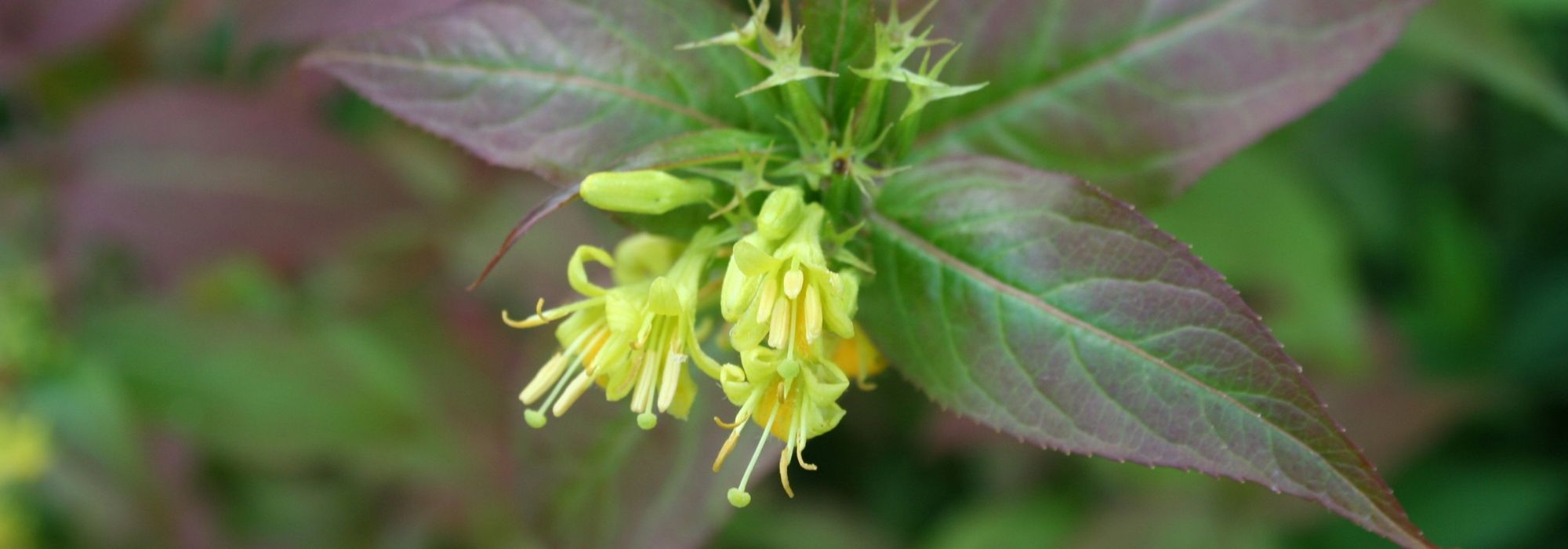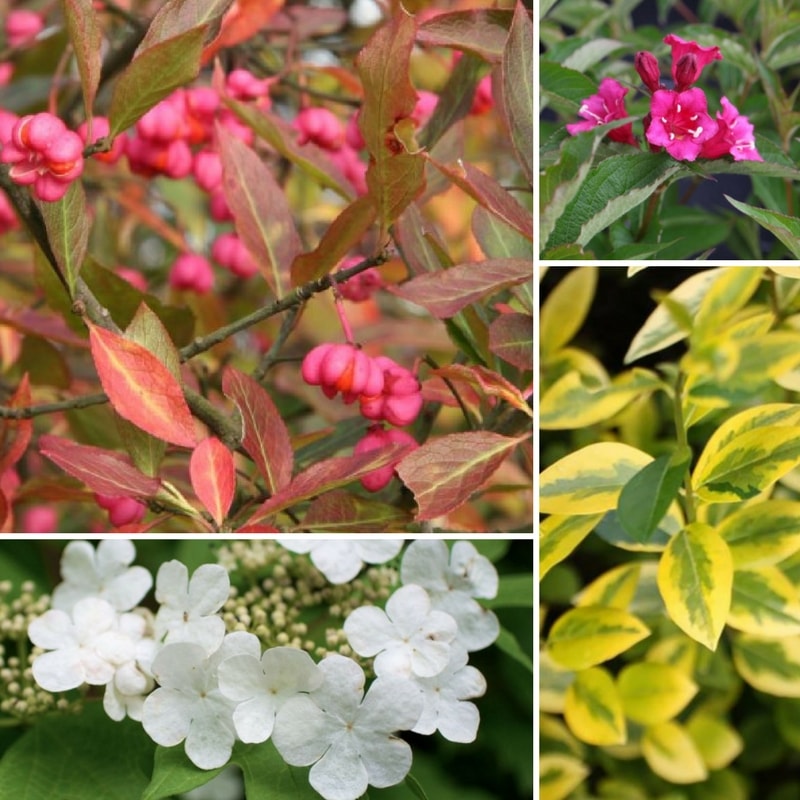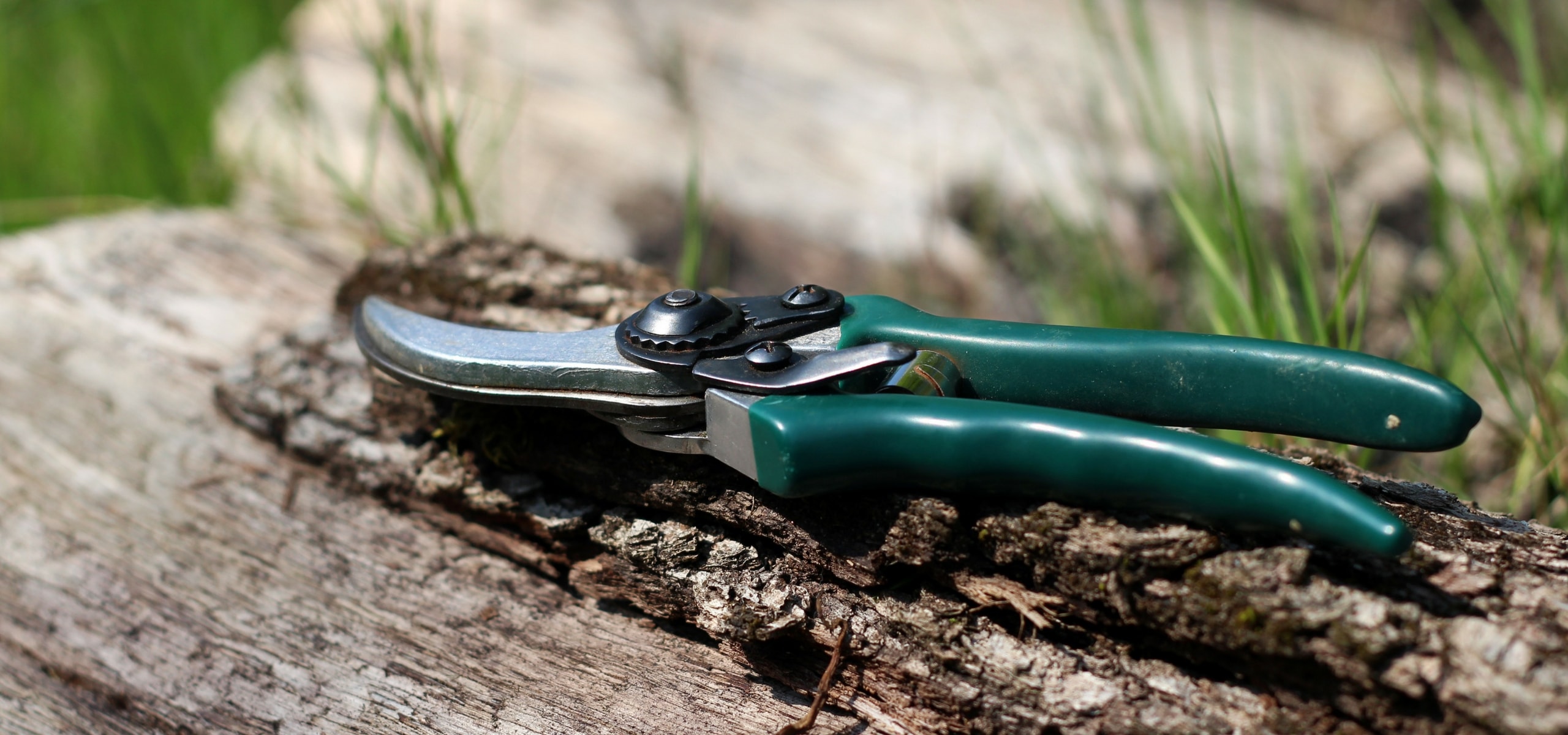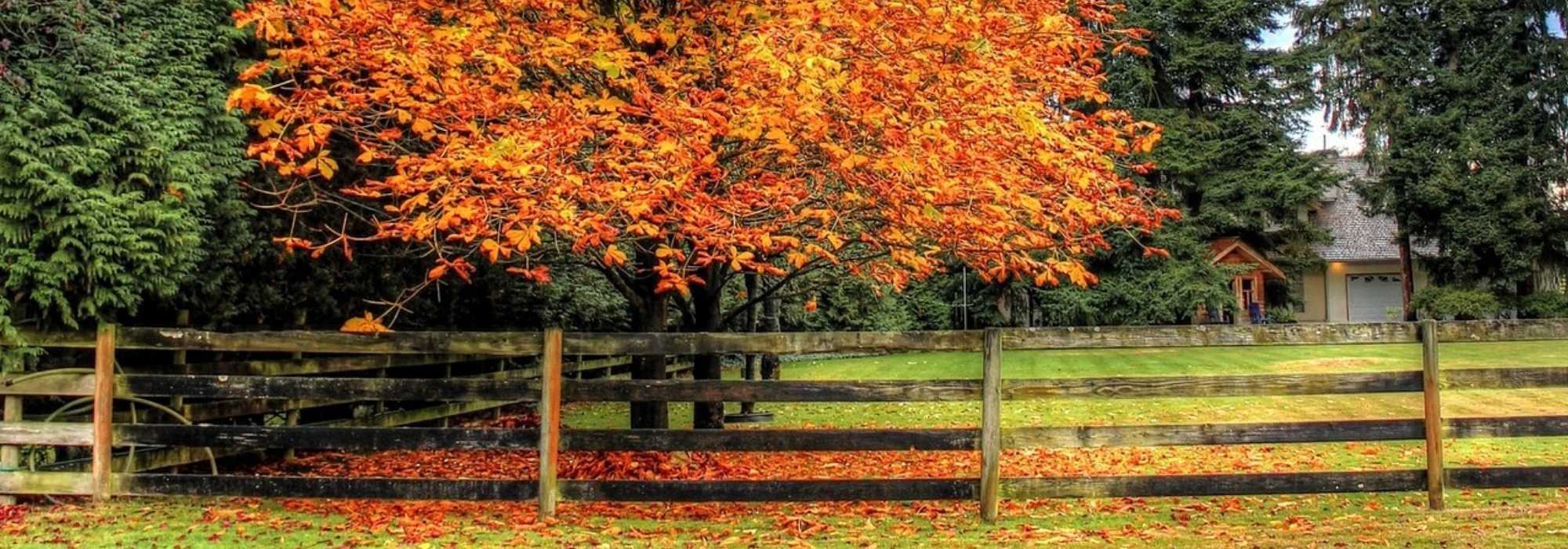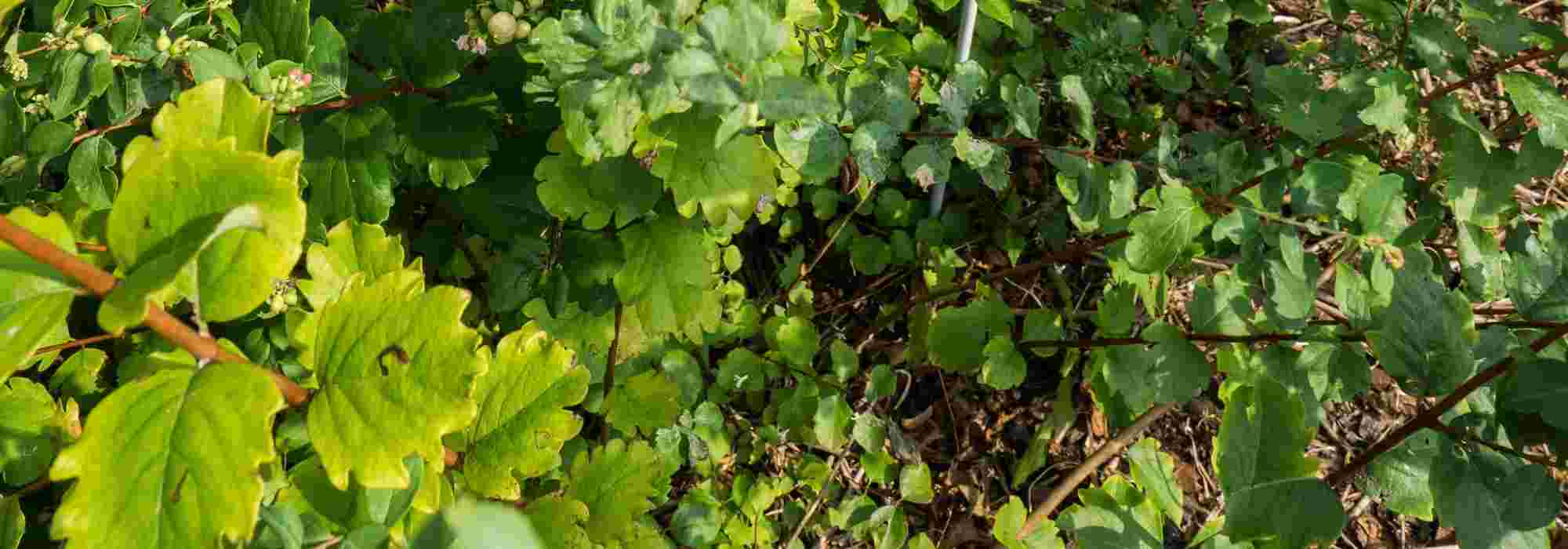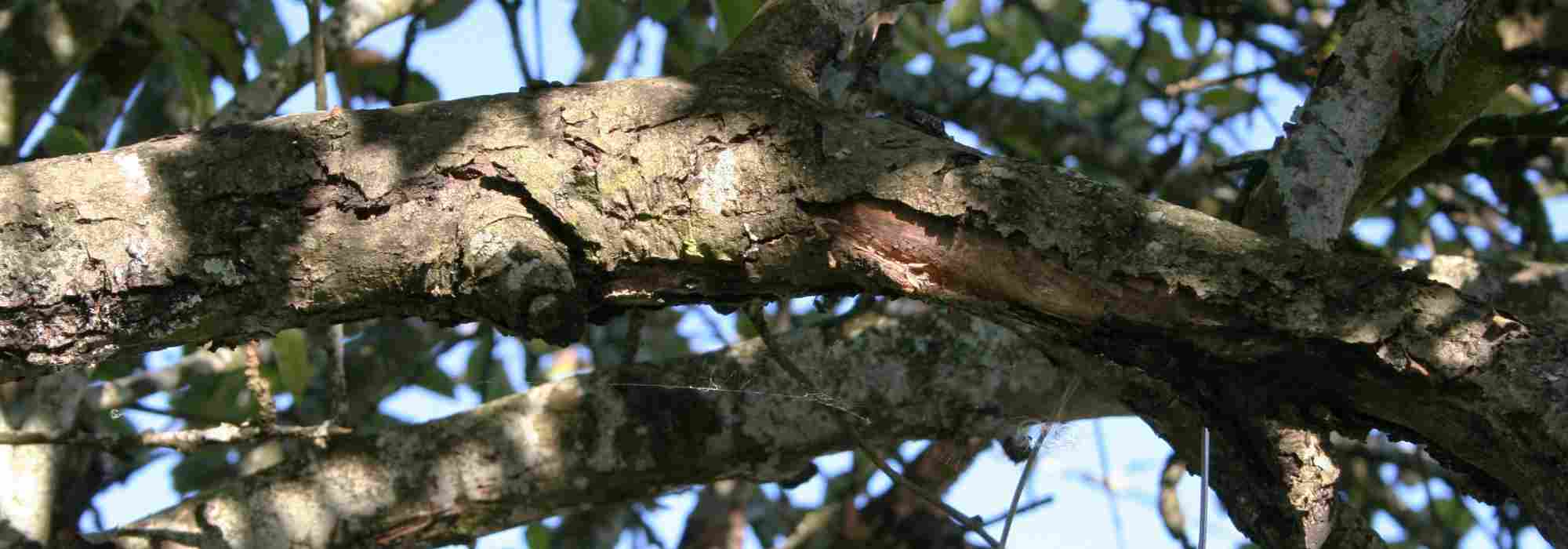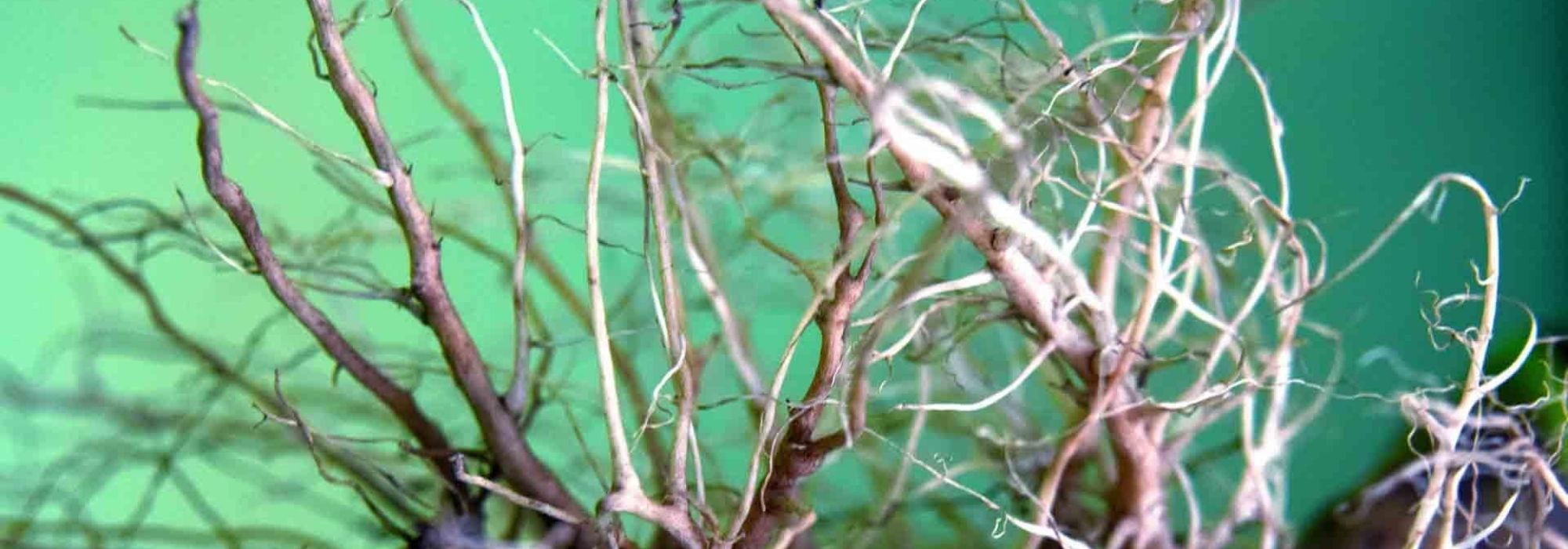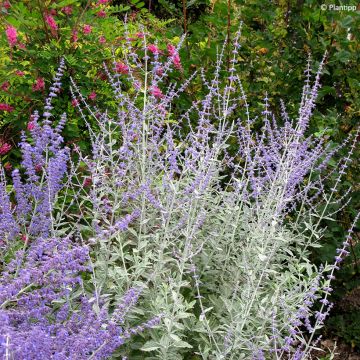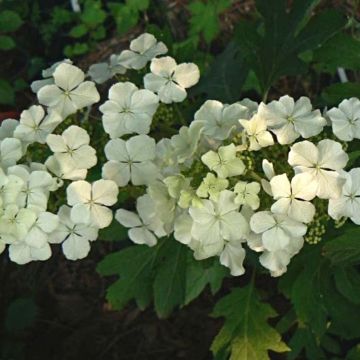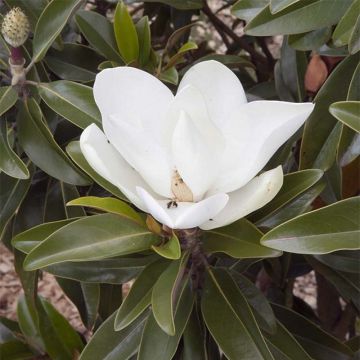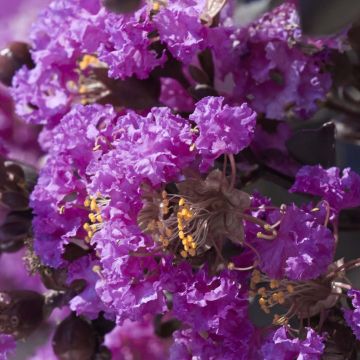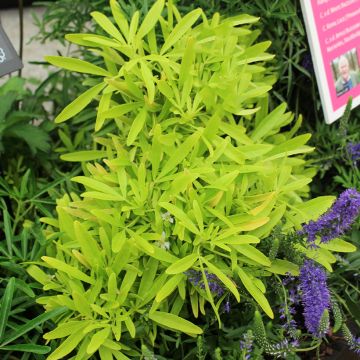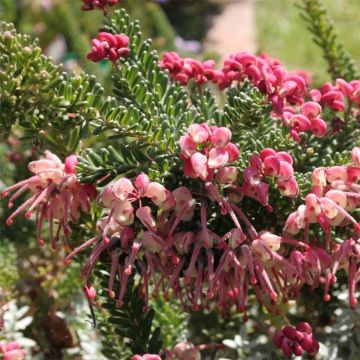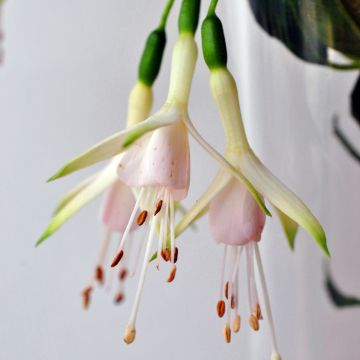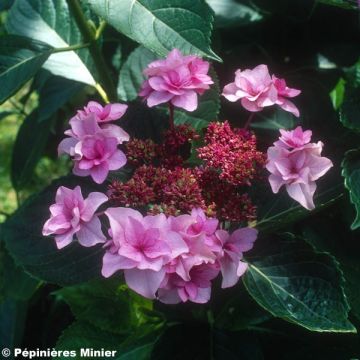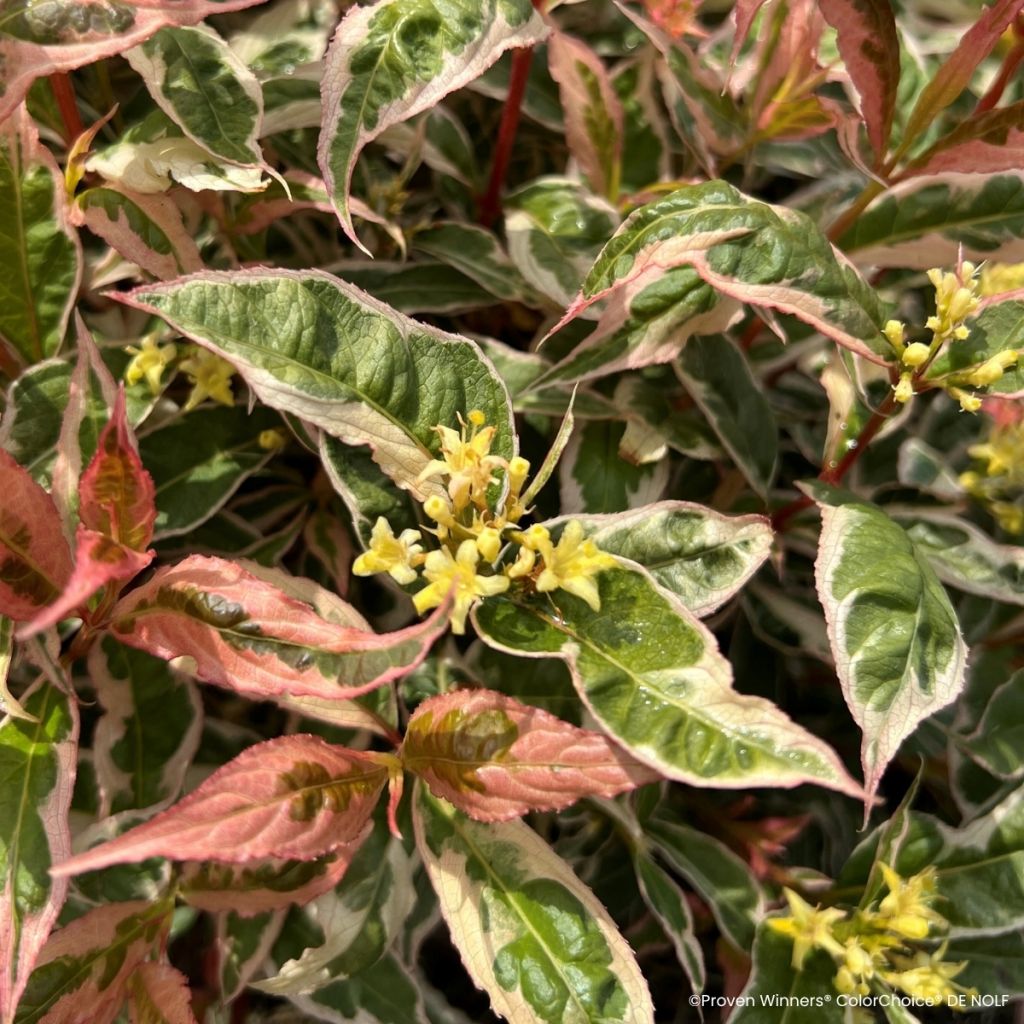

Diervilla splendens Kodiak Mixx


Diervilla splendens Kodiak Mixx
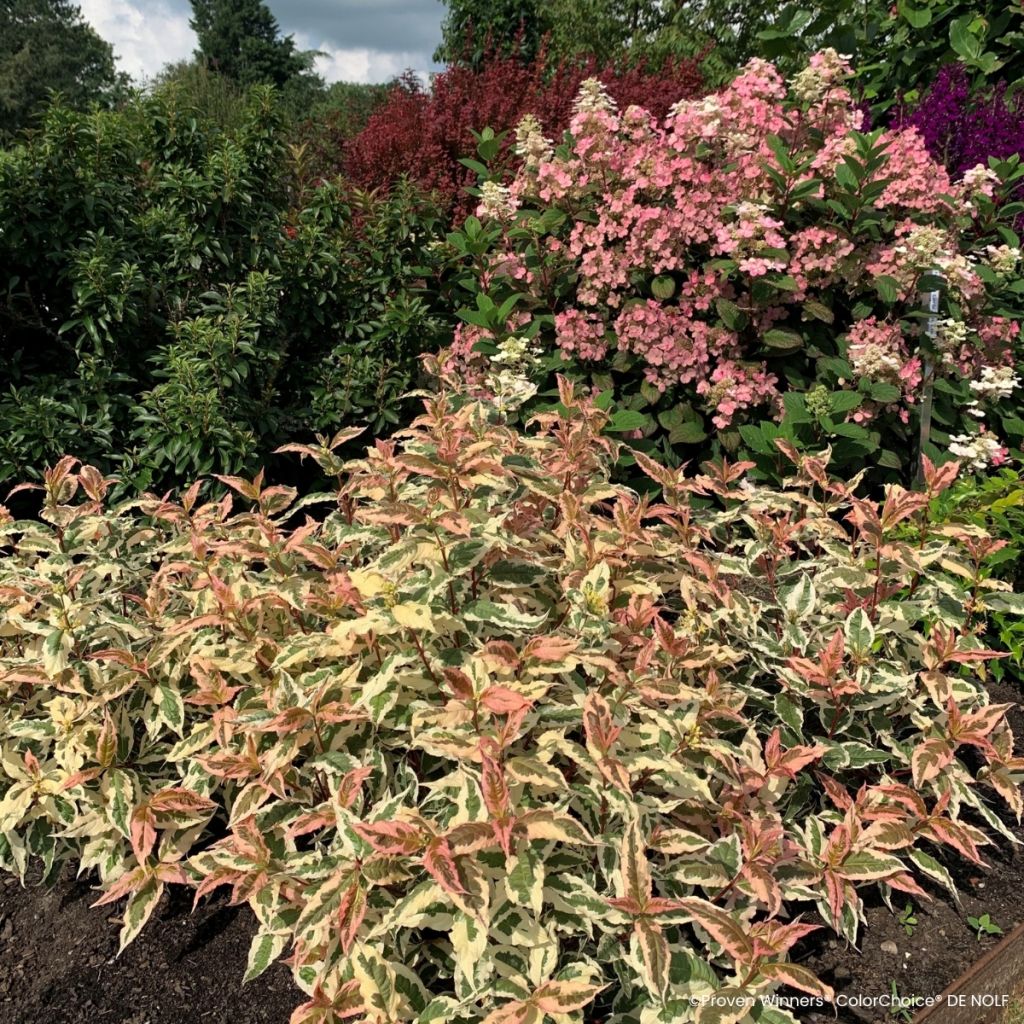

Diervilla splendens Kodiak Mixx
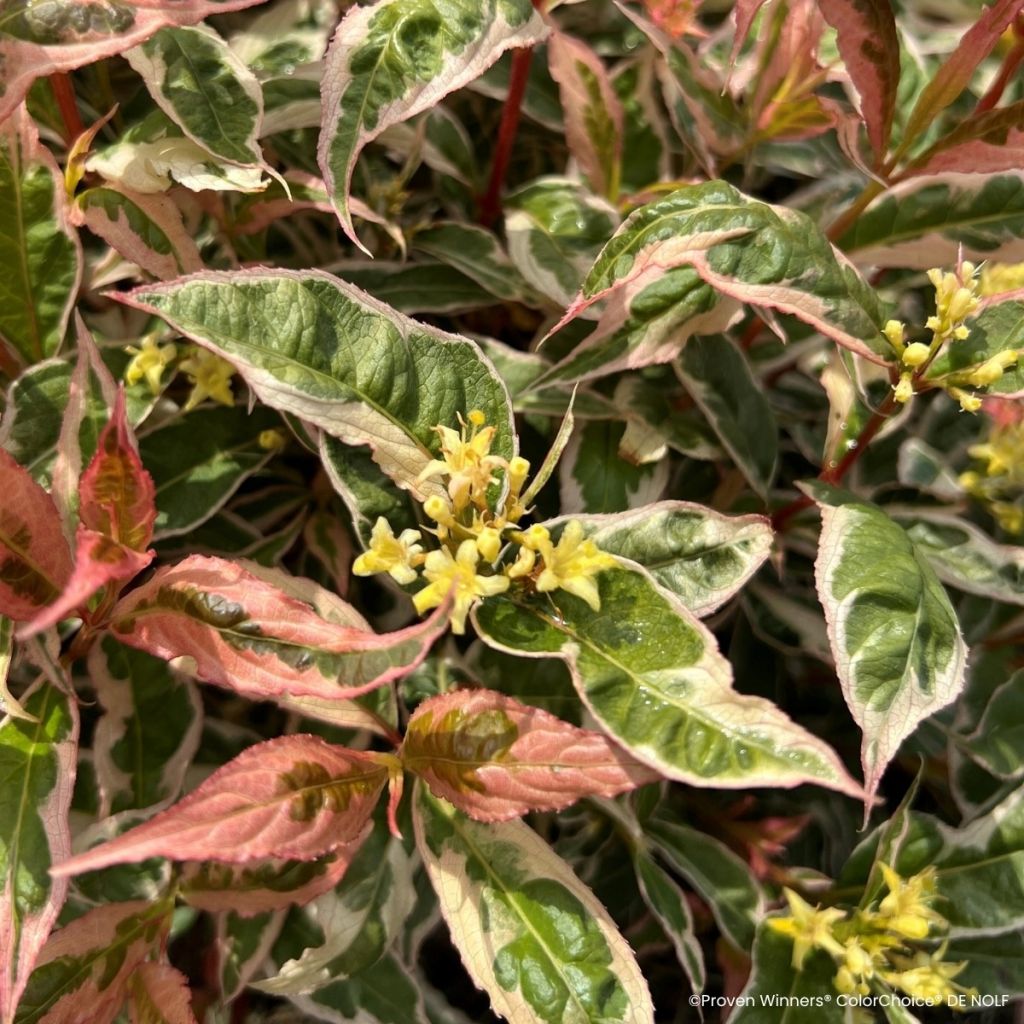

Diervilla splendens Kodiak Mixx


Diervilla splendens Kodiak Mixx
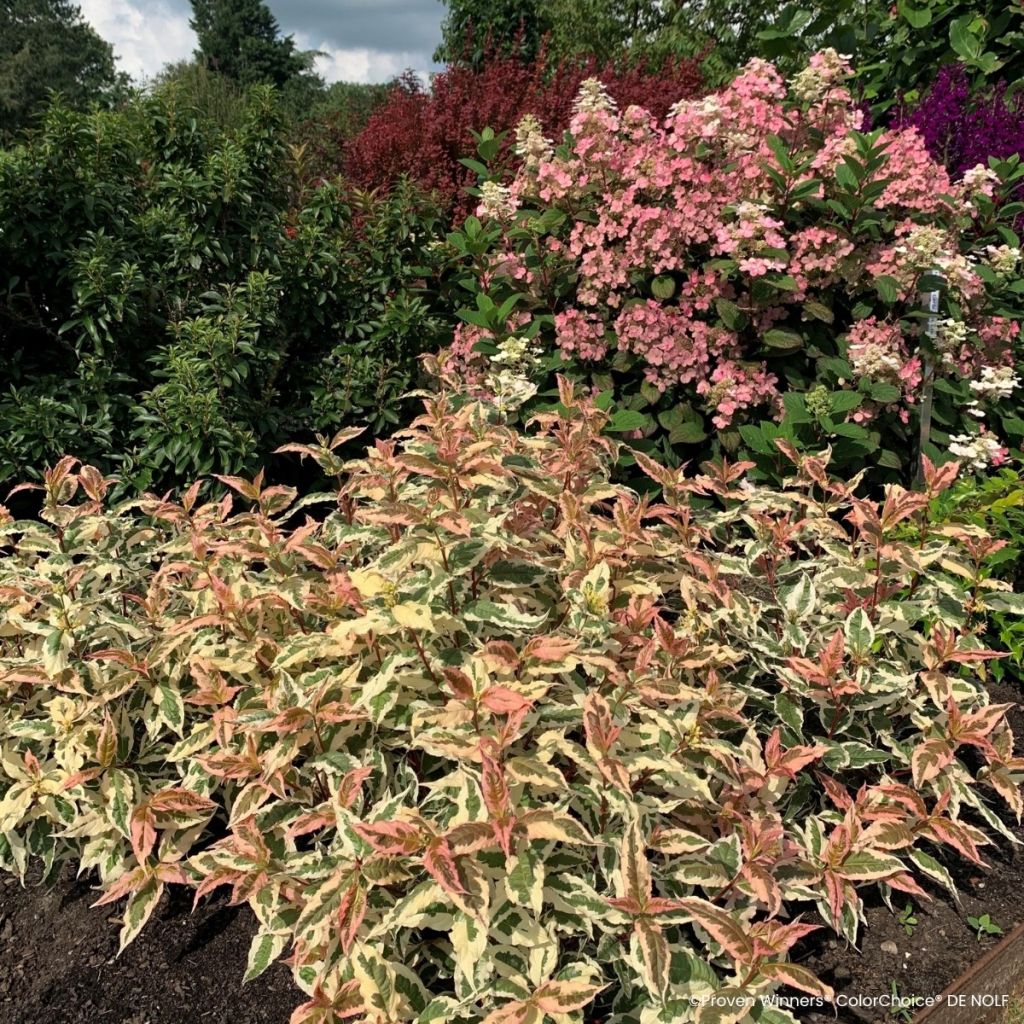

Diervilla splendens Kodiak Mixx
Diervilla splendens Kodiak Mixx
Diervilla x splendens 'G2X88544VAR' Kodiak® Mixx
Bush Honeysuckle
Special offer!
Receive a €20 voucher for any order over €90 (excluding delivery costs, credit notes, and plastic-free options)!
1- Add your favorite plants to your cart.
2- Once you have reached €90, confirm your order (you can even choose the delivery date!).
3- As soon as your order is shipped, you will receive an email containing your voucher code, valid for 3 months (90 days).
Your voucher is unique and can only be used once, for any order with a minimum value of €20, excluding delivery costs.
Can be combined with other current offers, non-divisible and non-refundable.
Home or relay delivery (depending on size and destination)
Schedule delivery date,
and select date in basket
This plant carries a 24 months recovery warranty
More information
We guarantee the quality of our plants for a full growing cycle, and will replace at our expense any plant that fails to recover under normal climatic and planting conditions.
Would this plant suit my garden?
Set up your Plantfit profile →
Description
Diervilla 'Kodiak Mixx' is a variety of bush with multiple strengths. Decorative from spring to autumn, it is adorned with green leaves decorated with a wide cream-white margin, giving it a luminous appearance in the garden, especially as it tolerates shade well. Throughout the season, it produces pretty pink young shoots, which further brighten its foliage. It is not only ornamental but also useful for wildlife, thanks to its yellow flowering which attracts insects, butterflies and bees. It is very hardy, it grows in practically all light conditions and tolerates various types of soil, making it invaluable for difficult areas in the garden.
A member of the Caprifoliaceae family, Diervilla is much less known than other related genera, such as the classic Weigelas, present in most gardens, or Snowberries, appreciated for their ornamental fruiting. The genus only has three species, and its flowering is less showy than that of Dipelta floribunda, another representative of the family. But its ease of cultivation deserves attention, especially as particularly ornamental new varieties have appeared on the market in recent years.
This is the case with Diervilla x splendens 'G2X88544VAR' Kodiak® Mixx, its full name, a creation by Richard Grazzini in Bellefonte (USA). It is a "sport" (a mutation) of Diervilla 'Kodiak Orange', which was awarded the gold medal for best novelty at the Plantarium 2023 show, the largest horticultural event in the Netherlands. The jury considered that "the plant has a bushy habit and a neat presentation, without burnt foliage. It displays a beautiful colourful mix of green variegated leaves with cream-white edges and pretty pink-red shoots", which is a good summary of its ornamental assets. The compact bush develops rapidly to reach approximately 90 cm in height with a similar width, and even more over time, as when it likes a location, it spreads easily thanks to its suckers. It bears lanceolate, 5 to 8 cm long leaves, with a long, pointed tip. The leaf is slightly wavy, even waffled, with the central part being a beautiful, fairly dark green. Around the entire perimeter, a cream-white margin with irregular borders develops, forming a superb contrast with the clear green. The young leaves are tinged with a salmon pink, creating the most beautiful effect on the variegated foliage, which becomes tricolour. This is not limited to spring, as new shoots form regularly during the growing season. The deciduous foliage falls in autumn, then the bush begins its winter rest.
Clusters of small sulphur-yellow flowers develop in summer, from July to September. The flowering is not spectacular, neither in size nor in colour, as it contrasts little with the variegated foliage; the flowering is mainly interesting for pollinating insects, as it is very nectar-rich. The plant is particularly useful for bees, butterflies and other small garden inhabitants.
Diervilla is probably one of the easiest bushes to succeed with in the garden, sometimes even showing itself a bit too inclined to spread. One can easily forgive this in Diervilla 'Kodiak Mix' as its foliage is so attractive throughout the growing season. An almost indestructible plant, it grows in the sun while tolerating shade, under which its variegation becomes even more intense. This beginner's plant will happily associate with other equally versatile plants. Plant it in the same border as Forsythias, which will illuminate the start of the season with their exuberant yellow flowering. Add some varied Cinquefoils, with pretty single yellow, pink or orange flowers. A touch of purple will be welcome with a Physocarpus 'Lady in Red', creating a strong foliage contrast, or a Cotinus coggygria 'Winecraft Black' equally dark, with the addition of magnificent red and orange autumn colour.
Diervilla splendens Kodiak Mixx in pictures




Plant habit
Flowering
Foliage
Botanical data
Diervilla
x splendens
'G2X88544VAR' Kodiak® Mixx
Caprifoliaceae
Bush Honeysuckle
Diervilla x splendens 'G2X88544VAR', Diervilla x splendens Kodiak® Mixx
Cultivar or hybrid
Planting and care
The Diervilla Kodiak Mixx is one of the most accommodating bushes. It thrives in full sun positions in our northern regions, and in partial shade and shade in warmer regions. Plant it in ordinary, well-prepared soil, rather rich and moist, but this young plant is not demanding regarding soil nature, provided it is not excessively chalky nor too dry in summer. A maintenance tip for abundant flowering: cut the branches in late autumn or late winter to multiply the flowering shoots. Approximately every three years, carry out rejuvenation pruning during the same period by cutting back more severely.
Planting period
Intended location
Care
Planting & care advice
This item has not been reviewed yet - be the first to leave a review about it.
Similar products
Haven't found what you were looking for?
Hardiness is the lowest winter temperature a plant can endure without suffering serious damage or even dying. However, hardiness is affected by location (a sheltered area, such as a patio), protection (winter cover) and soil type (hardiness is improved by well-drained soil).

Photo Sharing Terms & Conditions
In order to encourage gardeners to interact and share their experiences, Promesse de fleurs offers various media enabling content to be uploaded onto its Site - in particular via the ‘Photo sharing’ module.
The User agrees to refrain from:
- Posting any content that is illegal, prejudicial, insulting, racist, inciteful to hatred, revisionist, contrary to public decency, that infringes on privacy or on the privacy rights of third parties, in particular the publicity rights of persons and goods, intellectual property rights, or the right to privacy.
- Submitting content on behalf of a third party;
- Impersonate the identity of a third party and/or publish any personal information about a third party;
In general, the User undertakes to refrain from any unethical behaviour.
All Content (in particular text, comments, files, images, photos, videos, creative works, etc.), which may be subject to property or intellectual property rights, image or other private rights, shall remain the property of the User, subject to the limited rights granted by the terms of the licence granted by Promesse de fleurs as stated below. Users are at liberty to publish or not to publish such Content on the Site, notably via the ‘Photo Sharing’ facility, and accept that this Content shall be made public and freely accessible, notably on the Internet.
Users further acknowledge, undertake to have ,and guarantee that they hold all necessary rights and permissions to publish such material on the Site, in particular with regard to the legislation in force pertaining to any privacy, property, intellectual property, image, or contractual rights, or rights of any other nature. By publishing such Content on the Site, Users acknowledge accepting full liability as publishers of the Content within the meaning of the law, and grant Promesse de fleurs, free of charge, an inclusive, worldwide licence for the said Content for the entire duration of its publication, including all reproduction, representation, up/downloading, displaying, performing, transmission, and storage rights.
Users also grant permission for their name to be linked to the Content and accept that this link may not always be made available.
By engaging in posting material, Users consent to their Content becoming automatically accessible on the Internet, in particular on other sites and/or blogs and/or web pages of the Promesse de fleurs site, including in particular social pages and the Promesse de fleurs catalogue.
Users may secure the removal of entrusted content free of charge by issuing a simple request via our contact form.
The flowering period indicated on our website applies to countries and regions located in USDA zone 8 (France, the United Kingdom, Ireland, the Netherlands, etc.)
It will vary according to where you live:
- In zones 9 to 10 (Italy, Spain, Greece, etc.), flowering will occur about 2 to 4 weeks earlier.
- In zones 6 to 7 (Germany, Poland, Slovenia, and lower mountainous regions), flowering will be delayed by 2 to 3 weeks.
- In zone 5 (Central Europe, Scandinavia), blooming will be delayed by 3 to 5 weeks.
In temperate climates, pruning of spring-flowering shrubs (forsythia, spireas, etc.) should be done just after flowering.
Pruning of summer-flowering shrubs (Indian Lilac, Perovskia, etc.) can be done in winter or spring.
In cold regions as well as with frost-sensitive plants, avoid pruning too early when severe frosts may still occur.
The planting period indicated on our website applies to countries and regions located in USDA zone 8 (France, United Kingdom, Ireland, Netherlands).
It will vary according to where you live:
- In Mediterranean zones (Marseille, Madrid, Milan, etc.), autumn and winter are the best planting periods.
- In continental zones (Strasbourg, Munich, Vienna, etc.), delay planting by 2 to 3 weeks in spring and bring it forward by 2 to 4 weeks in autumn.
- In mountainous regions (the Alps, Pyrenees, Carpathians, etc.), it is best to plant in late spring (May-June) or late summer (August-September).
The harvesting period indicated on our website applies to countries and regions in USDA zone 8 (France, England, Ireland, the Netherlands).
In colder areas (Scandinavia, Poland, Austria...) fruit and vegetable harvests are likely to be delayed by 3-4 weeks.
In warmer areas (Italy, Spain, Greece, etc.), harvesting will probably take place earlier, depending on weather conditions.
The sowing periods indicated on our website apply to countries and regions within USDA Zone 8 (France, UK, Ireland, Netherlands).
In colder areas (Scandinavia, Poland, Austria...), delay any outdoor sowing by 3-4 weeks, or sow under glass.
In warmer climes (Italy, Spain, Greece, etc.), bring outdoor sowing forward by a few weeks.






























